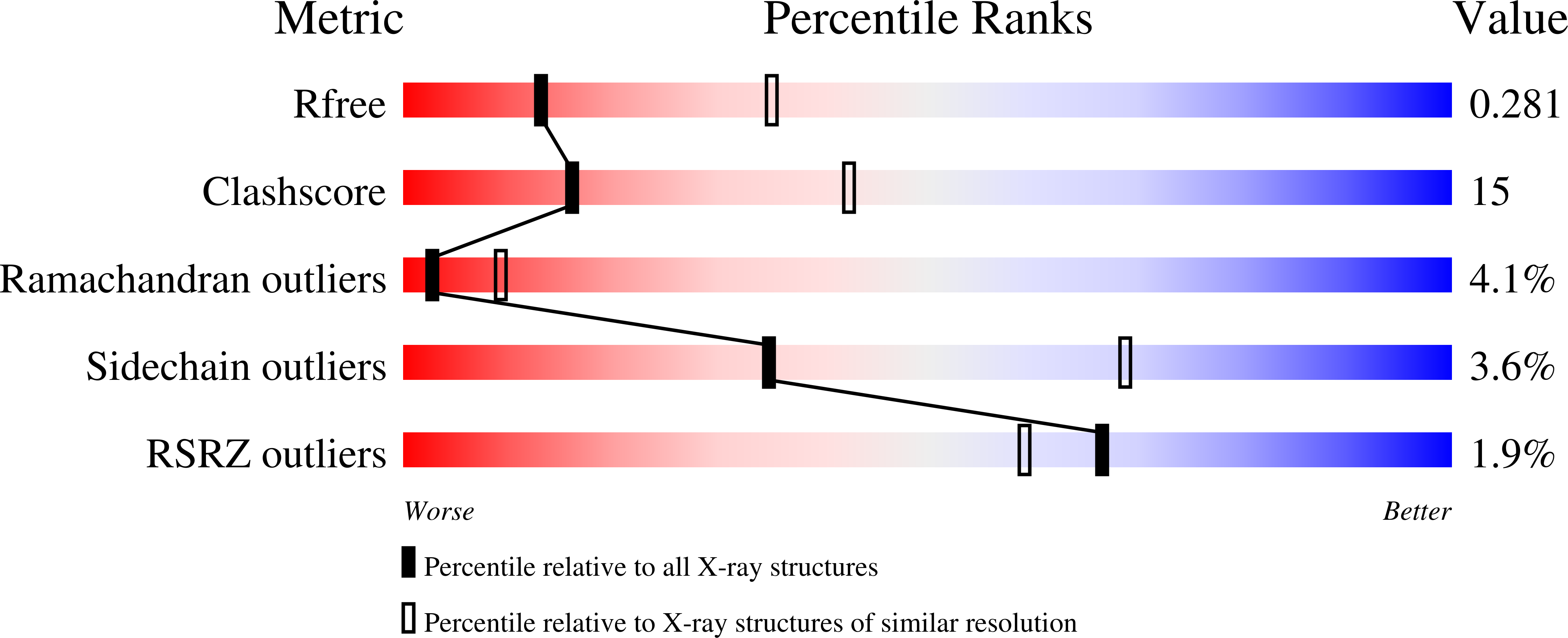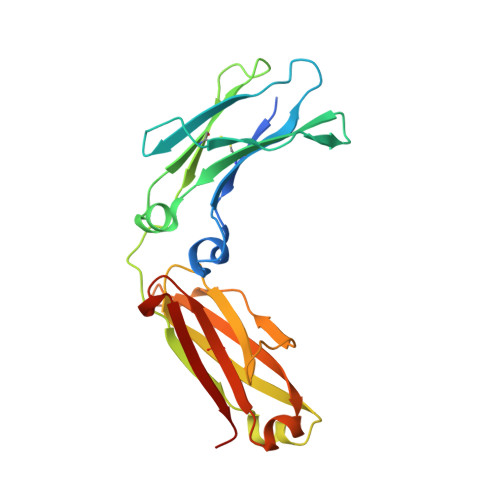From Rhesus macaque to human: structural evolutionary pathways for immunoglobulin G subclasses.
Tolbert, W.D., Subedi, G.P., Gohain, N., Lewis, G.K., Patel, K.R., Barb, A.W., Pazgier, M.(2019) MAbs 11: 709-724
- PubMed: 30939981
- DOI: https://doi.org/10.1080/19420862.2019.1589852
- Primary Citation of Related Structures:
6D4E, 6D4I, 6D4M, 6D4N - PubMed Abstract:
The Old World monkey, Rhesus macaque (Macaca mulatta, Mm), is frequently used as a primate model organism in the study of human disease and to test new vaccines/antibody treatments despite diverging before chimpanzees and orangutans. Mm and humans share 93% genome identity with substantial differences in the genes of the adaptive immune system that lead to different functional IgG subclass characteristics, Fcγ receptors expressed on innate immune cells, and biological interactions. These differences put limitations on Mm use as a primary animal model in the study of human disease and to test new vaccines/antibody treatments. Here, we comprehensively analyzed molecular properties of the Fc domain of the four IgG subclasses of Rhesus macaque to describe potential mechanisms for their interactions with effector cell Fc receptors. Our studies revealed less diversity in the overall structure among the Mm IgG Fc, with MmIgG1 Fc being the most structurally like human IgG3, although its C H 2 loops and N 297 glycan mobility are comparable to human IgG1. Furthermore, the Fcs of Mm IgG3 and 4 lack the structural properties typical for their human orthologues that determine IgG3's reduced interaction with the neonatal receptor and IgG4's ability for Fab-arm exchange and its weaker Fcγ receptor interactions. Taken together, our data indicate that MmIgG1-4 are less structurally divergent than the human IgGs, with only MmIgG1 matching the molecular properties of human IgG1 and 3, the most active IgGs in terms of Fcγ receptor binding and Fc-mediated functions. PDB accession numbers for deposited structures are 6D4E, 6D4I, 6D4M, and 6D4N for MmIgG1 Fc, MmIgG2 Fc, MmIgG3 Fc, and MmIgG4 Fc, respectively.
Organizational Affiliation:
a Division of Vaccine Research , Institute of Human Virology of University of Maryland School of Medicine , Baltimore , MD , USA.
















